What is a 6061 aluminum die casting?
Manufacturers use the 6061 aluminium die casting technique to create complexly shaped components. This alloy, with its outstanding mechanical qualities, good machinability, and weldability, serves as a versatile aluminum alloy that finds frequent use in a wide range of applications. Die casting involves applying pressure to molten 6061 aluminium alloy and pressing it into a reusable steel die or mould. Once the die or mould cools down, we eject the casting.
The end product is a component that is high strength, has great dimensional precision, and has a surface quality that requires very little machining or finishing processes. The 6061 aluminium die casting method is widely utilised in a variety of industries, including the automobile industry, the aerospace industry, the electronics industry, and the consumer goods industry, all of which recognise the need for lightweight, corrosion resistance, and strength.
Can you die-cast 6061 aluminum?
Generally, high-pressure die casting does not use 6061 aluminum in its wrought condition, as it is primarily known as an extrusion alloy. On the other hand, it is possible to cast 6061 aluminum by employing certain high-pressure die casting techniques. It’s important to keep in mind that the casting method for 6061 aluminum could pose difficulties and may not produce the same quality as the standard extrusion techniquHowever, the extrusion process cannot produce certain part design features. Therefore, we recommend the high-pressure die casting process for 6061 aluminum die casting. We can assist you in determining the cost of 6061 aluminum alloys using this process.ss.
The 6061 alloy’s high strength, outstanding weldability, and good corrosion resistance are among its many notable qualities. Casting may not achieve the same level of mechanical qualities as extrusion, potentially leading to the loss of some traits.
If casting is a crucial requirement for your application, we recommend consulting with the manufacturer or a materials engineer to determine if die casting 6061 aluminum will meet your specific needs. Different aluminum alloys, specifically designed for casting, might also be more suitable for your application. When choosing the appropriate aluminum alloy and production process, it is imperative to always take into consideration the intended purpose of the final product as well as the attributes that are necessary.
Why do you need 6061 aluminum die casting?
Die casting is not typically associated with 6061 aluminum, as we all know. We usually refer to 6061 as a “wrought alloy” because it undergoes extrusion or forging instead of die casting. In spite of this, you might still want to use 6061 aluminum die casting to save money. Here are some reasons you might pick 6061 aluminum die casting parts:
- Strength and Durability: 6061 aluminum’s strength and durability make it suitable for applications where the stability of the structure is crucial. It is robust when pulled apart and doesn’t easily break or wear down.
- Lightweight: Compared to many other metals, aluminum is very light. This makes it useful in situations where reducing weight without sacrificing strength is necessary.
- Resistance to rust: 6061 aluminum is very resistant to rust, especially in places where water and other elements are a problem. This makes it perfect for use outside or on the water.
- Machinability: This alloy is easy to machine, which is beneficial for die casting methods that require parts with intricate shapes and tight tolerances.
- Weldability: 6061 aluminum is simple to weld, which makes it simple to put parts together and change them if necessary.
- Heat Treatability: By heating the 6061 metal, you can strengthen it and use it in more situations.
- Special Surface Finish: If you need 6061 casting parts with anodizing surface finish, 60601 die casting parts are an excellent choice. Alternatively, you can use 6063 die casting parts to replace the ADC 12 die casting, as 6061 and 60603 are the best materials for anodizing surface finishes.
For instance, many industries use 6061 aluminum die casting to create parts for cars, aerospace equipment, marine gear, electronic enclosures, and a variety of consumer goods. Many industries choose 6061 aluminum for die casting jobs due to its strength, light weight, resistance to rust, and ease of machining.
Before choosing 6061 aluminum for die casting, it’s essential to confirm its compatibility with the die casting process and to consider the specific requirements of your application. Always consult with materials experts or manufacturers for the most accurate and up-to-date information based on advancements in technology and alloy development.
Cost different between 6061 die casting vs 6061 hot forging
Determining the cost difference between 6061 die casting and 6061 hot forging involves considering several factors, and the actual costs can vary based on specific project requirements, production volumes, and market conditions. Here are key factors influencing the cost difference:
Die Casting (6061):
- Tooling Costs: Die casting requires the creation of molds or dies, which can be relatively expensive. However, high-volume manufacturing typically amortizes these costs over large production runs, making die casting cost-effective.
- Production Rates: Die casting is known for its high production rates, resulting in faster manufacturing cycles and reduced labor costs per unit for large quantities.
- Material Costs: Material costs for 6061 aluminum are a significant factor, but they are generally consistent regardless of the manufacturing process.
- Labor Costs: Highly automated die casting can lower labor costs per unit. However, initial setup and maintenance of die casting machines may require skilled labor.
Hot Forging (6061):
- Tooling Costs: While forging also involves tooling (dies and presses), the tooling costs for hot forging are often lower compared to die casting molds. However, forging tools may have a shorter lifespan.
- Production Rates: Forging is generally slower than die casting, and the labor costs per unit may be higher. Applications often choose forging when the forged parts’ specific mechanical properties are crucial.
- Material Costs: Similar to die casting, the material costs for 6061 aluminum are a consistent factor.
- Labor Costs: Forging processes may involve more manual labor, particularly in the setup and handling of materials. Skilled labor may be required for monitoring and adjusting the forging process.
Considerations:
- Production Volume: For high-volume production, die casting may be more cost-effective due to its efficiency and faster production rates. For lower volumes, hot forging may offer cost advantages.
- Part Complexity: Die casting is better suited for complex shapes and intricate details. If the part design is less intricate, hot forging may provide a cost-effective solution.
- Mechanical Properties: If superior mechanical properties are required, hot forging may be worth the additional cost, as the forging process aligns the grain structure, resulting in enhanced strength.
For certain applications where specific mechanical properties are crucial and production volumes are moderate, hot forging may be more cost-effective than die casting, despite die casting’s efficiency in high-volume production. It’s essential to conduct a thorough cost analysis based on the specific project requirements to determine the most economical manufacturing method. We recommend consulting with manufacturing experts and obtaining quotes from suppliers to ensure accurate cost estimations.
The 6061 Aluminum Die Casting processing
The 6061 aluminum die casting process proves to be highly beneficial in the die casting industry, particularly for automotive parts. The pure aluminum die casting part excels in anodizing surface treatment because it differs from aluminum alloy die casting parts like ADC12, which cannot undergo anodizing. However, pure aluminum die casting parts like Aluminum 6061 are suitable for this surface treatment.
The standard high-pressure die casting process for pure 6061 die casting involves melting the aluminum 6061 into a liquid at a temperature of between 585 and 730 degrees Celsius. Next, the liquid pure aluminum material is injected into a barrel using a high-pressure injector, and the material is then injected into the aluminum die casting mold.
This die casting mold is made of steel, and the gate size is over 3 mm, and the mold temperature is 180 °C to 240 °C. After material is injected into the pure aluminum die casting mold, the mold temperature is then lowered. After that, open the mold and ejector the cold aluminum die casting part out of the mold. This whole process is called the die casting process.
For pure aluminum die casting parts, the mold draft angle should be significantly higher than that of aluminum alloy die casting. This is done to increase the flow rate of pure aluminum and make it easier to fill the mold cavity. Examples of pure aluminum die casting parts include 2024 aluminum, 2A12 aluminum, 1060 aluminum, and 1070 aluminum.
Pure aluminum die casting part is very hard to produce but there is still possible, today the heat-sink part are made by pure aluminum, as we all know pure aluminum is easy to stick in the mold cavity, below some suggestion that will help you to know about this process, this is pure aluminum die casting process which we have done over years
- Choose the best-suited release agent for the pure aluminum die casting.
- Maintain a steady temperature in the molten oven, ensuring it remains over 720 degrees. Use a temperature measuring rod that is accurate with carbonized material and resistant to erosion from liquid aluminum.
- The melting furnace crucible should be graphite, which makes it difficult to produce a large temperature difference between the upper and lower sides.
- Keep the die casting mold temperature under 220 degree
- You should control the ejection time after opening the mold within 0.3 seconds; the cooling time after injection should not be too long.
- The mold gate size is significantly larger than that of aluminum alloys, such as ADC 12.
- The flow path and the feed port are as smooth as possible when shooting.
- Spray as much as possible with automatic spray; otherwise, the mold cavity temperature is not easy to maintain (there will be a big difference in temperature).
GC Precision Mould Co., Ltd. (before it was aluminum die casting (China) Co., Ltd.) is one of the top ten mold suppliers in China that offers gravity die casting, hot forging, plastic mold/molding, zinc die casting, magnesium die casting, squeeze casting, and pure aluminum die-casting like 6061, 1070, 2A12, 2024, and so on. The die casting parts we made including, Automotive air conditioner Compressor part (Squeeze casting process), Custom aluminum Heat sink, Aluminum Housing (Anodizing process), motor frame, automotive die casting part,

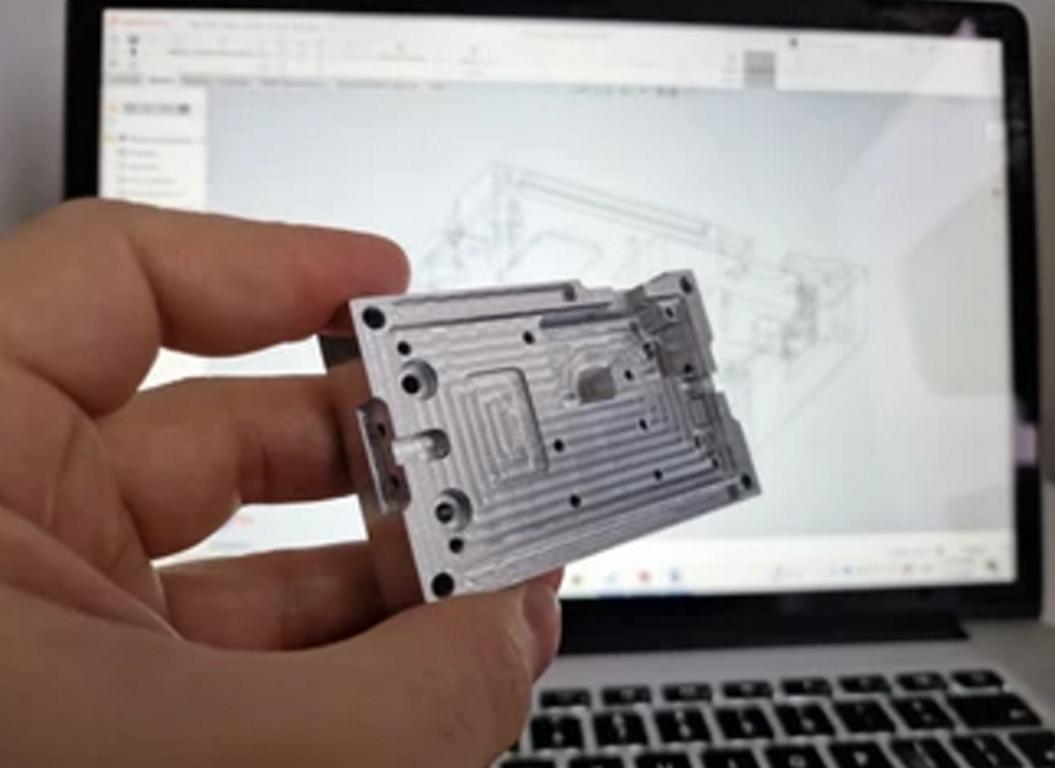
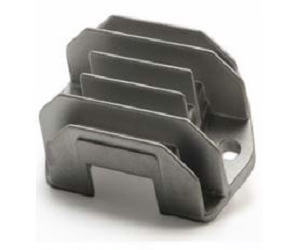
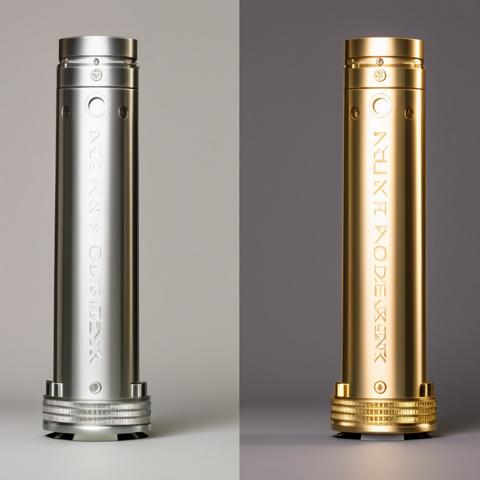

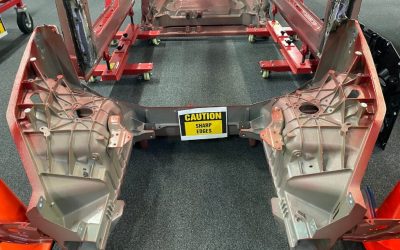
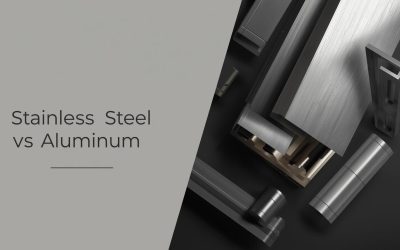

0 Comments